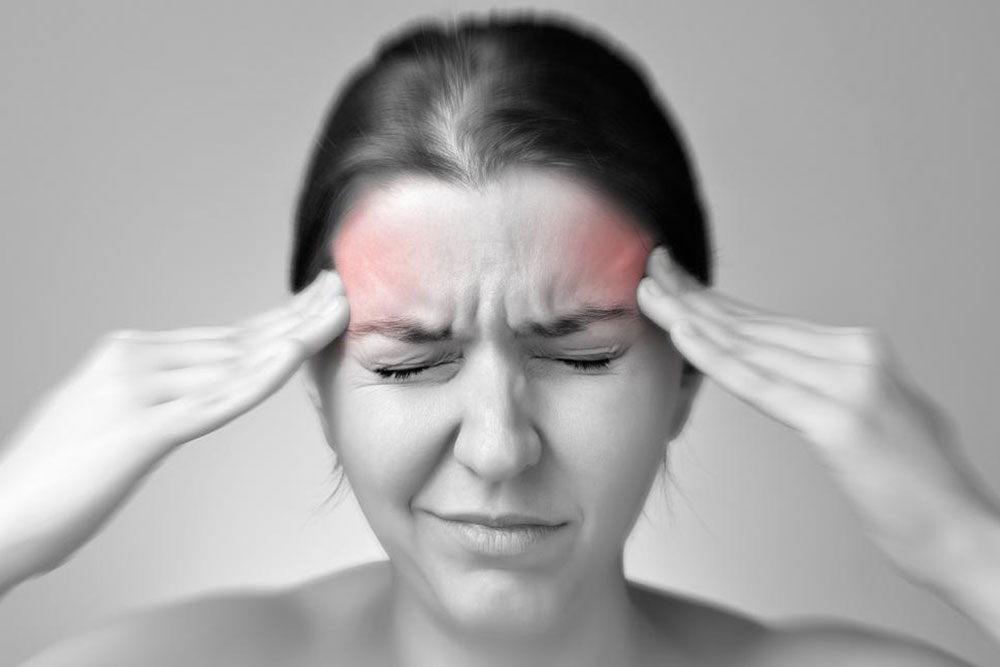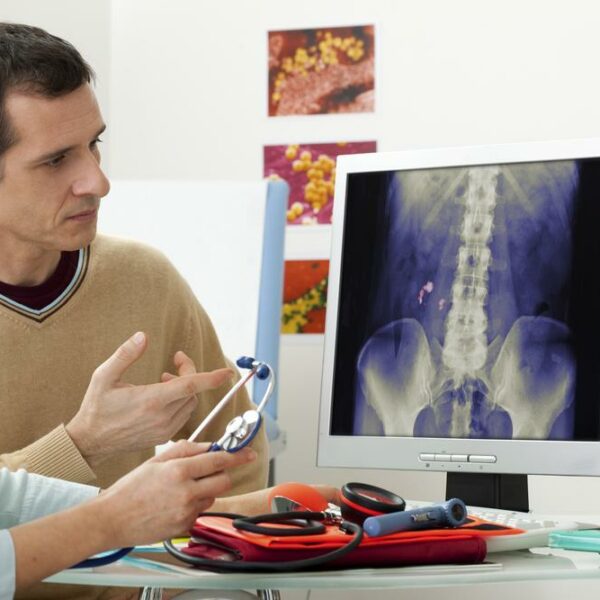How to spot early signs of the Huntington’s disease
Huntington’s Disease (HD) is a type of an incurable brain disorder which is fatal. It causes degeneration of nerve cells in the brain. This is an inherited disease and it has a great impact on how well an individual can function.
This disease impairs movement, cognitive, and perceptive abilities in a person. It causes psychiatric disorders such as manic behavior, obsessive-compulsive disorder, (OCD) and bipolar disorder.
The person struggles when doing basic activities like walking, talking, thinking, and reasoning.

It is known to attack all nerve cells over a course of time. Almost 1 in 10,000 Americans are affected by this disease.
What age group does it affect
People between the ages of 30-40 are generally affected by this disease. It’s important to learn the early signs. This can help in treating the disease to a large extent.
Early signs
You have to know the symptoms so that you can successfully identify it. Once you find that you or someone you know has one or more of the following symptoms, consult a doctor to get their professional advice.
Clumsiness
Uncontrollable movements like jerking (chorea) and shaking
Short term memory lapse
Stumbling
Lack of expressing emotions
Depression
Lack of concentration
Uncontrollable mood swings (signs of aggression and antisocial behavior)
Abnormal eye movements
Insomnia
Recurrent thoughts of death, dying and suicide
Causes of Huntington’s disease
This disease is caused due to a defect in the gene. It is an autosomal dominant disorder which occurs in the gene material. In simple words, it means that the person requires a single copy of the defective gene to develop this disease.
There are two copies of genes that are transferred from the parent to the child. So, there is a 50% chance that the defected gene is passed on to the children. Thus, HD can happen to any child in the family.
Stages of Huntington’s disease
Stage 1
This is the earliest stage of the disease. It starts out by affecting muscle coordination and sudden involuntary movements like jerking. There is also difficulty in speech formation and trouble in cognition. One of the observable changes is the fluctuation of the mood, causing irritability and aggression. These factors inhibit the person’s movements, meaning that they’ll be required to stay indoors for their own safety.
Stage 2
Locomotion becomes problematic since movements are impaired. Physiotherapy is considered to overcome sudden involuntary movements. At this stage, speech is observed to be fading and swallowing becomes difficult. Other usual activities become difficult as well.
Stage 3
The final stage of this disease depicts the person to be entirely dependent on others, even for basic needs. The person is no longer able to walk around. It’s found that they won’t be able to speak as well. Although the language is comprehensible, the movement and ability to speak become completely impaired. There is awareness of the surroundings, friends, and family. There’s a very real danger of choking since it can turn out to be fatal at this stage.















